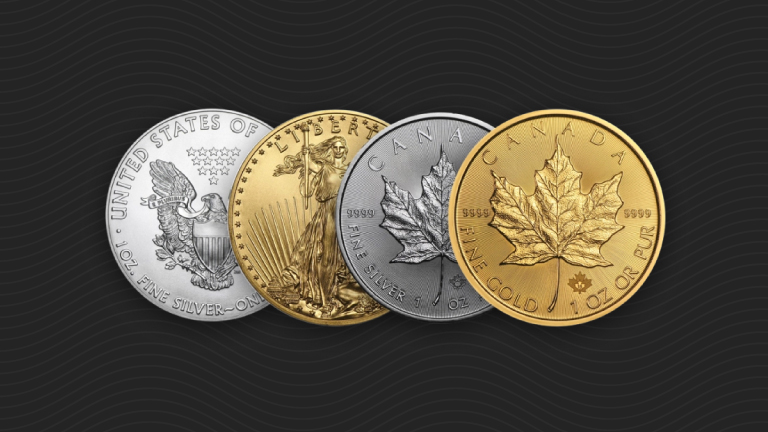Can Bacteria Produce Gold?
News from earlier this month is still circulating about a newly discovered bacterium that…how do we put this…“excretes” gold under the right conditions.
That’s right—when forced into a toxic environment saturated with gold chloride, Cupriavidus metallidurans will essentially eat up the toxins of gold chloride and leave behind pure, 24K nuggets. Gold skeptics and scaremongers are having a field day with this so-called discovery, in spite of the fact that the project is part of an art show, and the creators of the process acknowledge there is no profitable way to use this bacteria to create gold.
Nevertheless, if you cruise the feedback on Facebook or under the news articles themselves, you’ll find comment after derisive comment suggesting “gold hounds” should sell all their bullion before the value plummets, or voicing relief that “we’re not on the gold standard anymore.” Some even go so far as to suggest the world can stimulate its economy by harvesting gold chloride from asteroids and thereby fund government recovery projects.
Let’s get real.
It doesn’t take more than a minute of basic research on gold chloride and the process in question to understand what ridiculous claims these are. Gold chloride is, in laymen’s terms, liquid gold. And all that Cupriavidus metallidurans does is separate the chlorine from the gold molecules that are already present in the formula. While the discovery of this bacterium may tell scientists something about how some gold is created in nature, it is not the philosopher’s stone the media would have us believe. The bottom line: it takes gold to make gold chloride. These researchers have not created gold, they’ve merely isolated pre-existing gold.
To suggest there might be some profit in this technology is like suggesting real estate developers could earn money by tearing down their existing houses and then using the materials to build… more houses. Or that a car manufacturer could just take unsold inventory and use the parts to create… more of the same inventory. Needless to say, we’ll be among the first to warn you when pigs fly and gold starts materializing out of thin air. Until then, the precious yellow metal is still an excellent investment and hedge against inflation.

